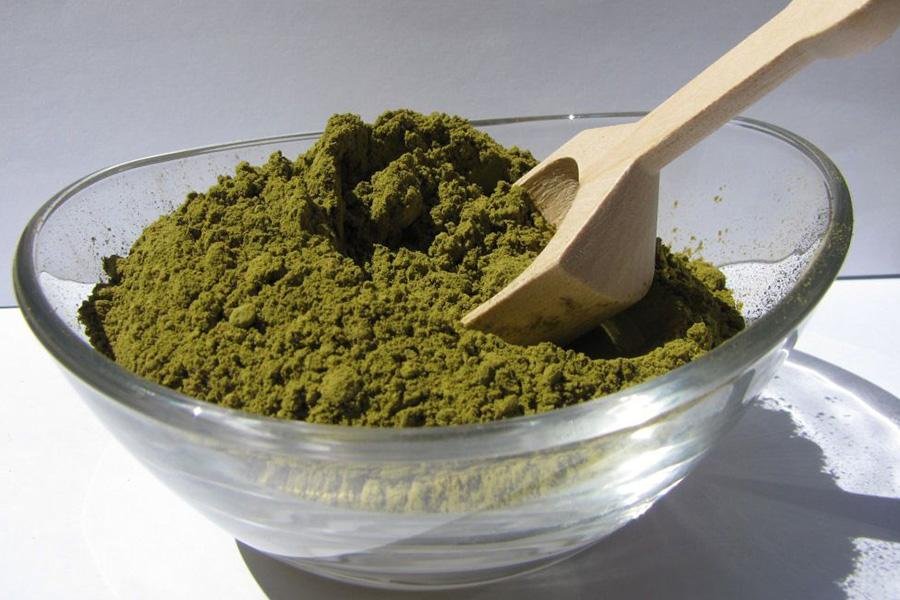For centuries, henna has been an integral part of cultural rituals, hair care, and body art traditions across the globe. As modern beauty trends turn toward safer, plant-based alternatives, many are reevaluating their reliance on chemical dyes. In this article, we explore the key differences between natural henna and store-bought synthetic dyes to help you make an informed, health-conscious decision. If you’re looking to begin this journey with authentic quality, a trusted henna powder exporter in India can provide the right starting point.
What Is Natural Henna?
Natural henna is derived from the Lawsonia inermis plant, a shrub primarily grown in arid regions of India, the Middle East, and North Africa. The leaves are dried, finely ground, and sifted to produce a powder that, when mixed with water, releases a rich, earthy paste used to stain skin or dye hair.
One of the hallmarks of natural henna is its complete lack of synthetic additives. The rich, reddish-brown stain that develops is a result of the natural lawsone pigment binding with keratin. Unlike chemical dyes, natural henna does not alter the hair shaft’s structure—it coats it, adding a layer of shine and protection.
Understanding Store-Bought Chemical Dyes
Store-bought dyes, while convenient and often delivering immediate, vivid results, come with hidden costs. These products typically contain ammonia, PPD (para-phenylenediamine), and peroxide—harsh chemicals known to damage hair, cause allergic reactions, and weaken the scalp over time.
Most commercial dyes promise long-lasting color and variety in shades, but they do so at the expense of long-term hair health. Over time, repeated use can lead to breakage, dryness, and loss of natural luster. While these dyes may appear glamorous at first glance, their synthetic composition raises concerns about cumulative exposure and skin sensitivities.
Key Differences in Application and Results
Natural henna requires more patience than its chemical counterparts. Preparing the henna paste, allowing it to release dye over several hours, and then leaving it on the hair for a longer duration might seem cumbersome. However, this process is what allows natural henna to impart a rich, warm tone with added hair-conditioning benefits.
On the other hand, chemical dyes are quick to apply and develop but offer no added nourishment. Moreover, their color results may vary depending on your existing hair color and condition, often necessitating regular touch-ups.
Summary of Comparison:
- Natural Henna: 100% plant-based, nourishes hair, no synthetic chemicals, strengthens hair strands, rich earthy tones.
- Store-Bought Dye: Chemical-laden, faster application, wide color range, potential for allergic reactions, hair damage over time.
Why Natural Henna Is a Safer Choice
One of the major advantages of natural henna lies in its purity and minimal side effects. It suits most hair types and is especially beneficial for individuals with sensitive scalps or those prone to allergic reactions. The natural cooling effect of henna also offers a soothing experience when applied on the scalp.
It is also suitable for pregnant women or individuals undergoing medical treatments who are advised to avoid chemical-based personal care products. As global consumer awareness grows, more people are turning to clean, plant-based beauty solutions that are both safe and sustainable.
Consumers seeking premium-grade henna can consider reliable sources like India Nest BAQ Henna Powder supplier, known for their commitment to high-quality, body-art-grade henna products.
Long-Term Benefits of Henna for Hair
Natural henna offers a holistic solution to hair health. When used consistently, it strengthens the hair shaft, reduces split ends, and prevents dandruff due to its antifungal properties. Its natural conditioning effect makes hair smoother and more manageable, even without additional products.
Furthermore, henna helps maintain the scalp’s pH balance and reduces oiliness, promoting healthier follicles. It’s not just a coloring agent—it’s a complete hair care solution that brings together tradition and modern wellness.
Color Expectations: Natural vs Synthetic
Many consumers are drawn to store-bought dyes for their diverse color options, from platinum blonde to jet black. However, the vividness of these colors is often achieved using synthetic pigments and harsh chemicals. In contrast, henna imparts a more organic color palette—ranging from copper to auburn—depending on one’s natural hair tone.
When combined with other natural herbs like indigo or amla, henna can achieve darker or varied shades while preserving its chemical-free integrity. Though limited in color choices, the results are subtle, elegant, and deeply nourishing.
For those in search of premium natural alternatives, products from a Natural Henna Powder Exporter provide the assurance of plant-based authenticity and globally trusted quality.
Consumer Trust and Sustainability
In today’s eco-conscious world, sustainability is no longer a bonus—it’s a requirement. Natural henna is biodegradable, renewable, and harvested without harming the environment. In contrast, the production and disposal of chemical dyes often involve environmentally harmful processes and non-recyclable packaging.
Moreover, when you choose natural henna, you’re often supporting small-scale farmers and traditional artisans who have preserved this craft for generations. Authentic brands maintain transparency about their sourcing and production processes, building trust through ethical practices and quality assurance.
Final Verdict: Which One Wins?
If you’re looking for instant color, a wide shade range, and ease of application, chemical dyes might be appealing. But if long-term hair health, safety, and sustainability matter to you, natural henna is the clear winner.
It’s not just about color—it’s about choosing what’s right for your scalp, your hair, and the planet. The richness of natural henna lies not only in its deep tone but in the experience it brings—a connection to centuries of tradition, clean beauty, and mindful living.




